The Indigenous American Ingredients That Changed the Course of Food History
A new cookbook showcases eight Native foods, from corn to squash, that shaped cuisines all over the world.
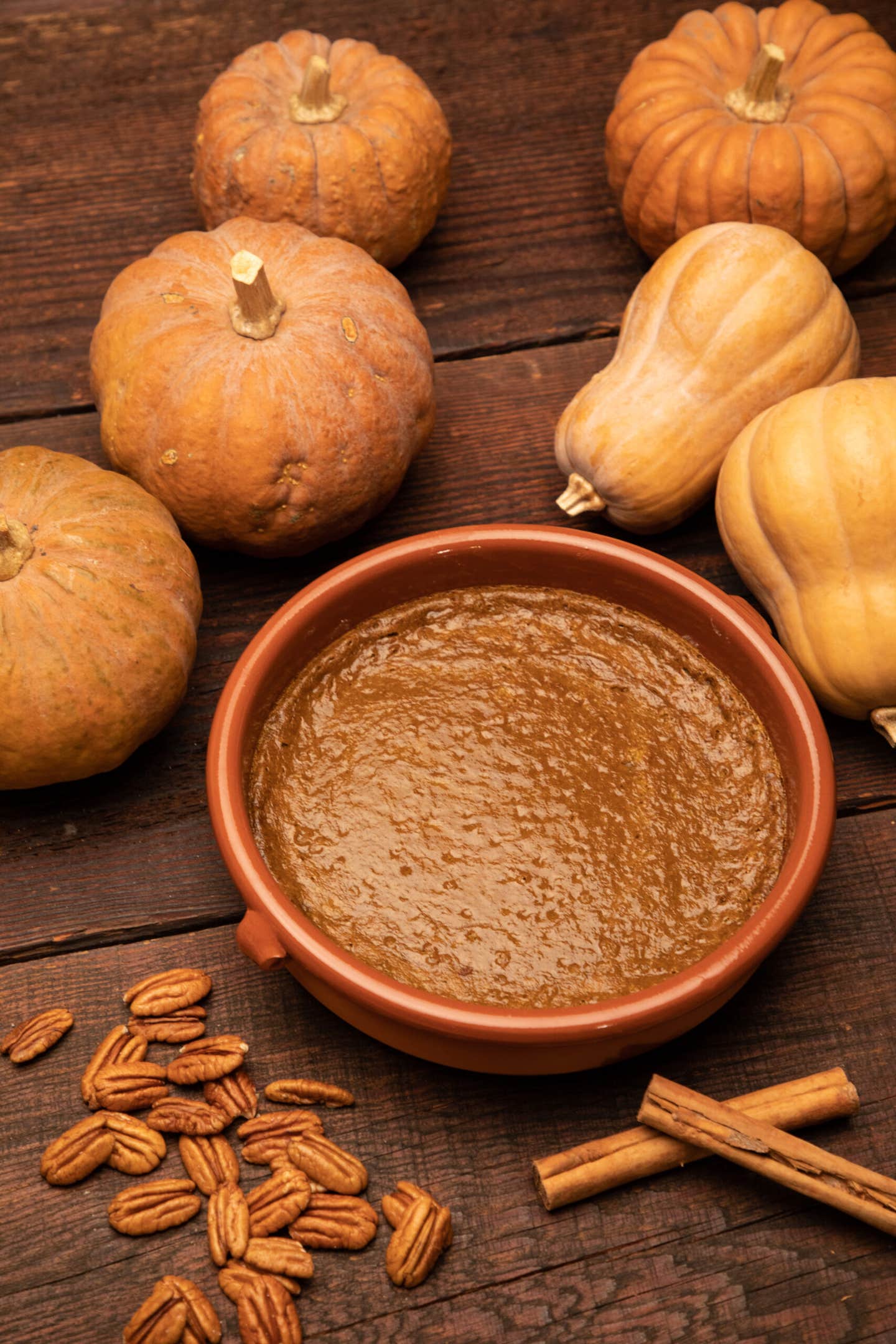
Corn. Beans. Squash. Chiles. Tomatoes. Potatoes. Cacao. Vanilla.
These ingredients came up so often and consistently when food historian and chef Lois Ellen Frank was researching Native foods for her Ph.D in cultural anthropology that she started calling them “the magic eight.”
Indigenous people in the Americas have been cultivating and nurturing a kinship with these plants for millennia, and they eventually became pillar foods in cuisines all over the world—not to mention essential ingredients on Thanksgiving tables across the U.S. Yet, historically, European settlers have often received the credit for “discovering” them. When Frank set out to write her new cookbook Seed to Plate, Soil to Sky: Modern Plant-Based Recipes Using Native American Ingredients, it made perfect sense that these eight foods should be the backbone of the book.
Drawing inspiration from Native cooking traditions in the Southwest, Frank worked with her friend and business partner Walter Whitewater, a Diné chef who hails from the Navajo Reservation in Pinon, Arizona, to develop more than 100 entirely plant-based recipes starring these eight ingredients. (The two also co-own the Santa Fe, New Mexico-based Red Mesa Cuisine, a catering company focused on revitalizing ancestral Native American food traditions.) Their pragmatic approach in the kitchen encourages home cooks to embrace simple techniques that celebrate and respect ingredients in their natural states.
“The foods and plants celebrated in this book were not only important in the past but are crucial to the future,” writes Frank in her introduction. Some dishes, like nixtamalized corn, have been passed down over thousands of years, while others, such as blue corn pasta and cherry tomato tart, reimagine Native ingredients for modern eaters. Together, the recipes paint a compelling picture of the cultural, nutritional, and medicinal value of these eight core ingredients yesterday, today, and tomorrow.
Below, in a conversation that has been condensed and edited, Frank and Whitewater discuss decolonizing Indigenous ingredients, minimizing waste in the kitchen, and changing our expectations around produce.
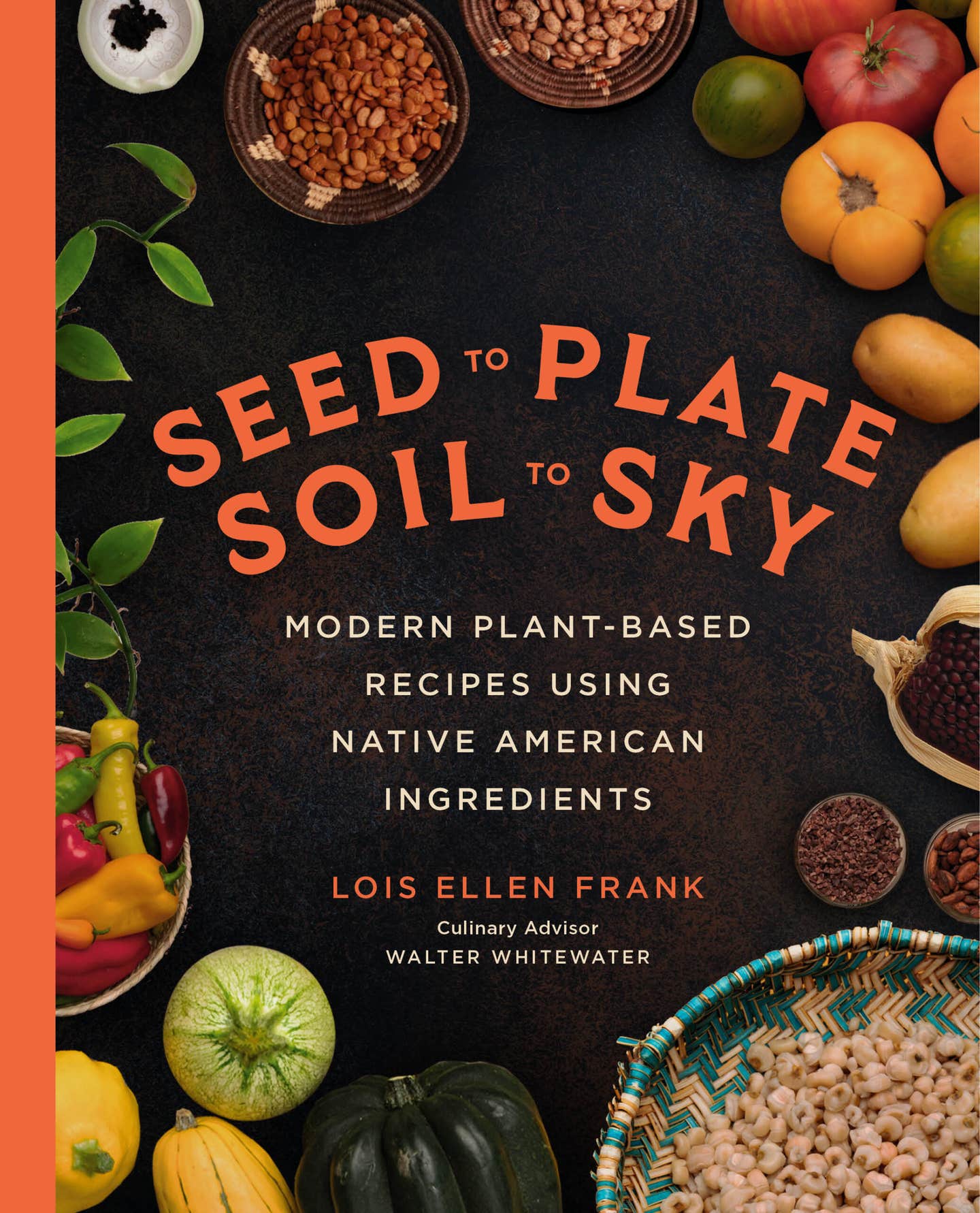
How did you choose the eight ingredients highlighted in your book?
Lois Ellen Frank: These foods didn't exist anywhere outside of the Americas until after 1492. These are eight dominant foods that changed cuisines all over. The tomato changed Italian cuisine, and the potato changed Irish cuisine. Britain has fish and chips now; before, they didn’t have chips. Asian food is full of chiles now. Places that we think of for delectable desserts and chocolate like France, Switzerland, and Belgium didn't have vanilla or chocolate. These foods really are a true gift to the world from Native people. And yes, there are other foods that are Indigenous to the Americas; they're just not as dominant on a global level.
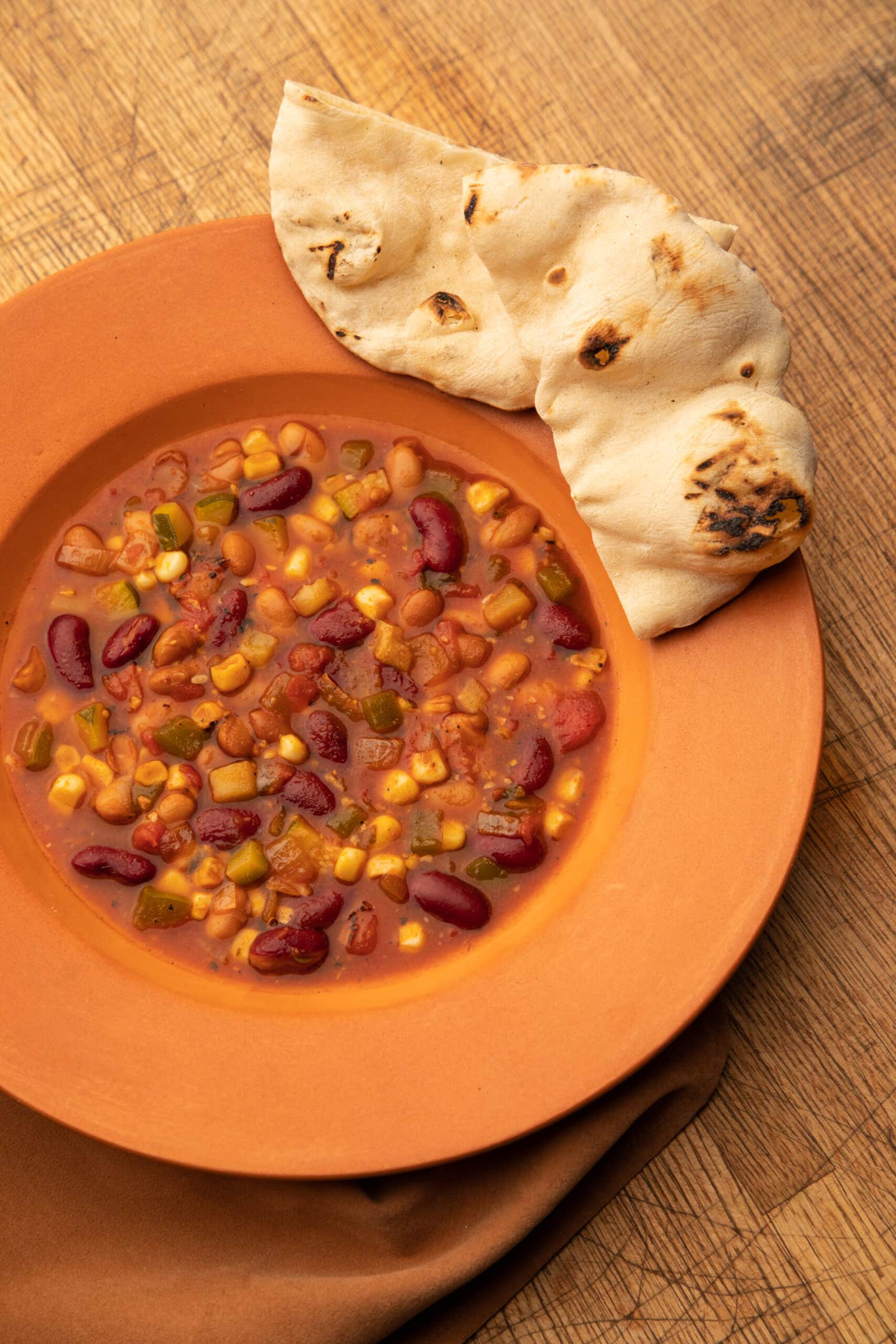
In the book, you mention that cooking with plants and making them taste delicious can be harder to do than with meat. Why did you decide to make the book plant-based?
LEF: More and more doctors are promoting a plant-forward diet, and we’ve found that people do want to eat plants—often, they just don’t know how to. If you go to a grocery store and look at dinosaur kale, or cabbage, or chard, but you don’t know how to cook them, you’re probably not going to make a dish. The impetus for making the book entirely plant-based was to broaden people's repertoire and horizon. Plants are really, really healthy—not to mention, they have less of a carbon footprint than meat.
You write about following a “Nativeore diet” built around the Indigenous foods your ancestors cultivated and ate in the past. How would you describe the role plants play in a Nativeore diet?
LEF: Our ancestors ate wild game meat if it was available. They were hunters, but sometimes they might get just one deer that had to feed a few dozen people, and they couldn't know if the next hunt would be successful. The rest of their diet was vegetables, nuts, seeds, and roots. Plants were the core of our ancestors’ diet. The small amounts of wild game, when it was available, were adjunctive. It wasn’t this Western mindset of unlimited availability of everything. We need to be okay with having a limited amount of, say, strawberries in the spring. We don’t need to be able to get everything all year long—that’s what’s so beautiful about seasonality.
Throughout the book, you suggest many uses for scraps and leftovers, like saving the liquid from cooking hominy corn and using it to flavor a soup or stew later. What informed the decision to emphasize zero-waste home-cooking habits?
Walter Whitewater: When I was growing up, I saw that the elders didn’t let anything go to waste. When we picked plants, we never did it randomly or gathered more than we needed. When we harvested corn, we used it down to the husks. Anything that we don’t use in the kitchen is given back to the earth. We return it to the soil to help it regenerate, or we take it back to the mountain and share it with the four-leggeds.
LEF: My mom had a zero-waste policy in our household. In the U.S., a lot of people throw out mushroom stems, for example. Why not find a way to use them? That’s why we included a mushroom-stem bruschetta recipe. Or, when we peel potatoes, we put the skins in the oven and crisp them. Now, we have a natural, Native potato chip. The whole ingredient is usable and delicious.
Nixtamalized corn shows up a lot in the book, and you also teach readers how to make it themselves, right down to the correct way to burn branches to make culinary ash. Why was it important to you to dive deep into this technique?
LEF: This is an Indigenous science, so we felt strongly about acknowledging its cultural and nutritional importance. Not every Native community in the United States uses the term nixtamalization, but historically, Native communities took corn and boiled it in different kinds of ash. The type of ash varies depending on what tribe and what region you come from, but the ash raises the corn’s mineral content and nutritional value. One gram of culinary ash has roughly the same amount of calcium as an eight-ounce glass of milk. We’re just trying to reintroduce this into the consciousness of the masses.
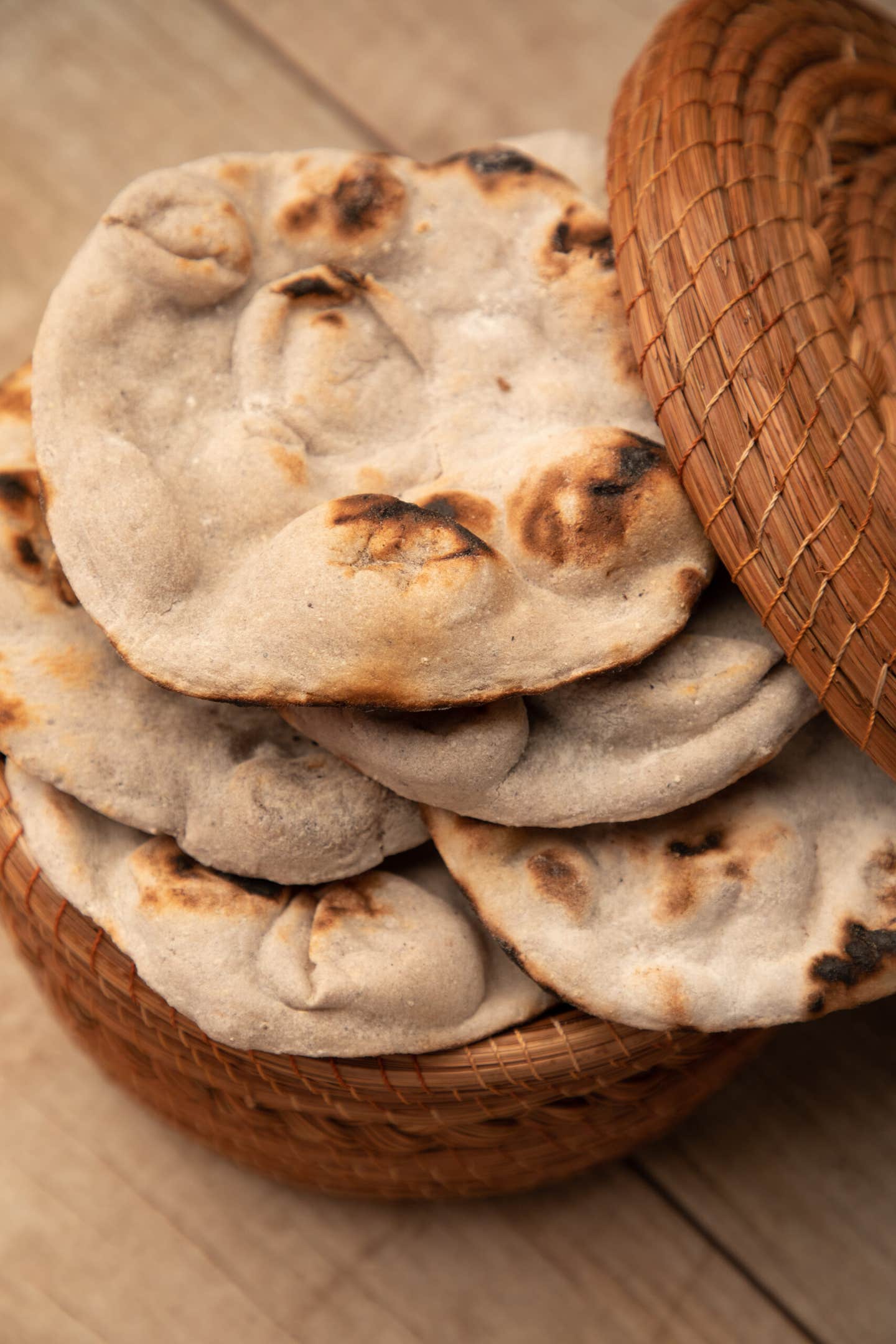
What does reclaiming Indigenous foodways mean to you?
WW: Growing up, I’d see someone adding sugar to corn, and I’d think, why are they doing that? To me, adding to something that was already perfectly good didn’t make sense. Years went by, and after I started working with food, I realized that the danger for my people came when new commodities were introduced to our communities. Our ancestors never had sweetened corn, but then sugar was introduced and got into our blood. I always tell people now, “You don’t have to add sugar to that.” I want to remind them that they can get back to enjoying the plain, original flavors of foods as the earth intended, or sweeten something naturally by adding some fruit.
LEF: We want to revitalize simple cooking techniques and recipes, and educate children on how to cook Native ingredients in ways that respect their taste and seasonality. If kids grow up with dinosaur-shaped chicken tenders, then that’s what they know. But if they grow up learning to enjoy a perfectly ripe peach from a farmers market, then that’s what they know. It’s up to us to develop the palates of the younger generation. There’s room for everyone to jump on this movement and make a difference.
What are some steps you hope more people will take to support the movement?
LEF: You can set up your own trade routes. Let’s say my neighbor has six peach trees, and I don’t have any, but I grow chiles—we can trade. Let’s bring back these very small, very intimate relationships with neighbors and friends and family. You can also buy from your local farms, or from Native-owned businesses, and support these small mom-and-pop enterprises for economic sustainability. And if and when you can afford it, you can buy organic, so that eventually, hopefully, we don’t need pesticides. So the arugula has little holes from the bugs that ate it—it’s still good. Somewhere along the historical trajectory, our mindset changed, and we began expecting flour and sugar to be white. Why does it have to be bleached? Brown is beautiful. Let’s go back to these unadulterated, unaltered, re-Indigenized foods, for the sake of all our health and wellness.
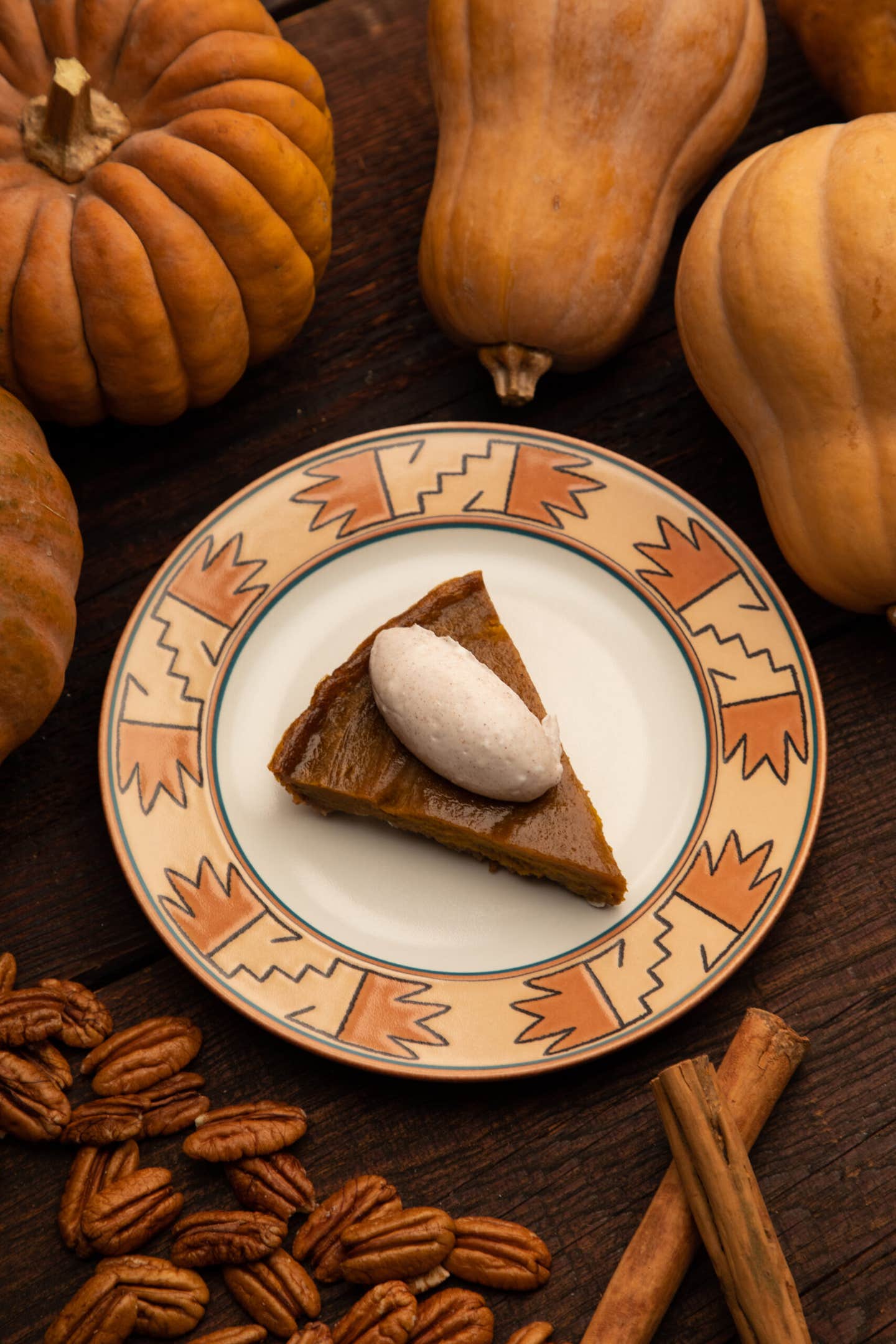
With Thanksgiving approaching, it’s clear that much of the traditional holiday feast most people in the U.S. know today wouldn’t be possible without the eight ingredients in this book. How do you think about the complicated connotations of this day?
LEF: Many people are unaware of the contribution Native peoples have made to the foods we eat every day. When chef Walter and I prepare these foods, we try to revitalize everything associated with them, nurturing people while honoring our Native American ancestors. I think it’s important to keep in mind that every day there is something to be thankful for, that every day is Thanksgiving. I am thankful each and every day for the amazing abundance of locally sourced ancestral foods that I have access to, the local farmers that I purchase food from, and the plants that provide sustenance to me and everyone I cook for. Thanksgiving is a holiday when families can come together and honor their food and each other for one day out of the year, and I’m grateful that there's one day which emphasizes thankfulness. Most of the time, everyone is so hurried, and so rushed, and there's so much bombardment of negativity. But I wish and hope and pray that people could be more conscious and thankful every day.
What’s an ethos you want to leave readers with?
WW: Food is our medicine. We have to respect the mother that we live on that gives us this food—the Earth.
LEF: We are all citizens of this Earth, and it is our collective responsibility to nurture and take care of it for future generations.
Keep Reading
Continue to Next Story










